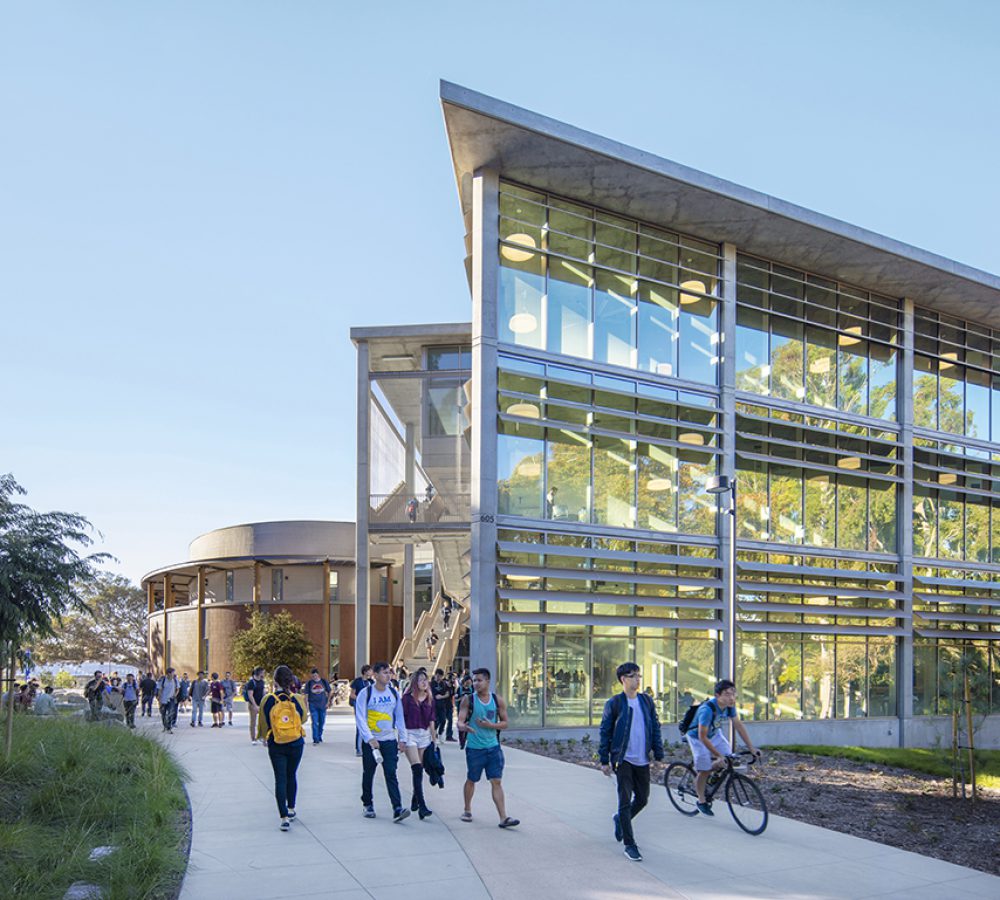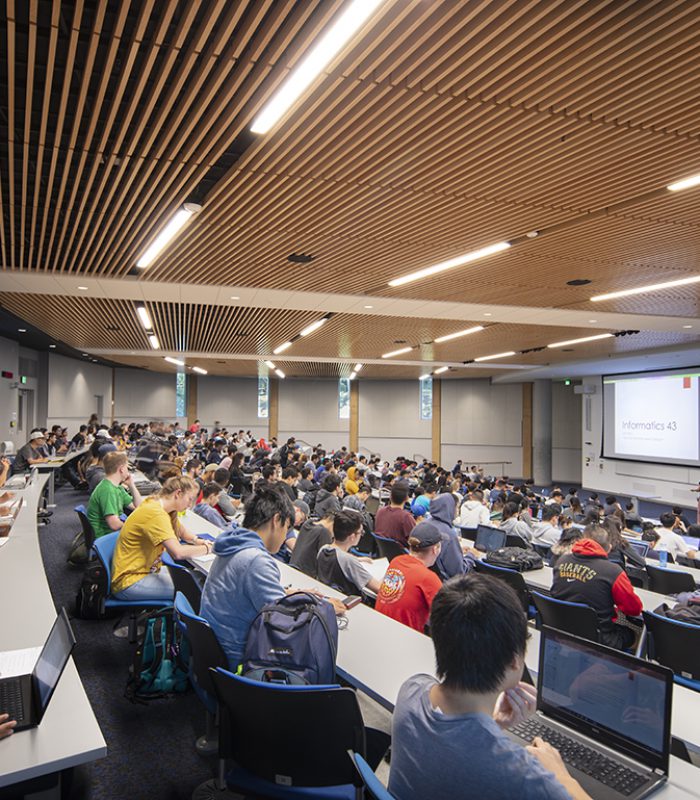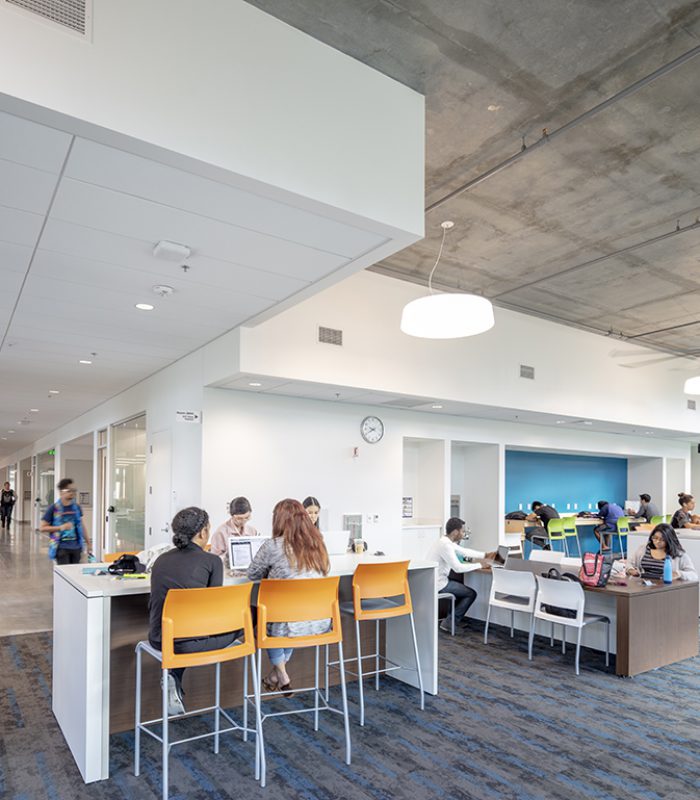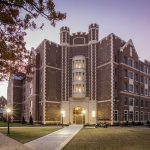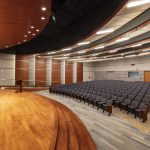University of California, Irvine Anteater Learning Pavilion
LOCATION
Irvine, California
AREA
72,000 GSF
PROJECT DESCRIPTION
The 3-story Anteater Learning Pavilion on the University of California, Irvine campus was designed to enhance learning and collaboration inside and outside the classroom through an emphasis on active learning. The facility houses advanced technology teaching spaces, including two large lecture halls, active learning classrooms, computer labs, breakout rooms, and informal gathering spaces.
PROJECT HIGHLIGHTS
- The Anteater Learning Pavilion is Certified LEED Platinum.
- A low-energy design approach was employed to optimize whole-building performance, including external circulation elements designed to introduce daylighting while strategically minimizing glare and solar gain.
- The HVAC system is connected to the university cogeneration plant, utilizing chilled water and high-temperature hot water for space conditioning equipment.
- Conditioned spaces are predominantly served by custom AHUs and a displacement ventilation-type system. Low-velocity cool air is delivered through low-wall diffusers, resulting in quiet and energy-efficient system operation.
- Air quality monitoring (via Aircuity) in all densely occupied spaces. Ventilation is continuously monitored and controlled to optimize indoor environmental quality.
- The plumbing system is dual-piped to reduce potable water use. Reclaimed water piping is routed to all flushing fixtures.
- A photovoltaic system on the roof reduces the building’s need for campus utilities and increases sustainability.
- A digital lighting control system manages LED luminaires located throughout. Lighting controls consist of occupancy sensors, manual dimming, photocell dimming, and separate zone controls to provide flexibility. A lumen maintenance system was installed, which reduces energy consumption by initially decreasing the luminaire’s light output and gradually increasing it to compensate for the reduced luminaire light output. This provides a consistent light level over the fixtures’ lifetime.
- Lecture halls have video broadcasting lighting design — a combination of overhead, front, and backlighting to provide proper contrast ratios throughout the space.
- Classroom lighting controls integrate with the audiovisual system to allow lighting to be controlled seamlessly with presentations.
Photography credit: ©Adam Hunter/LMN Architects


